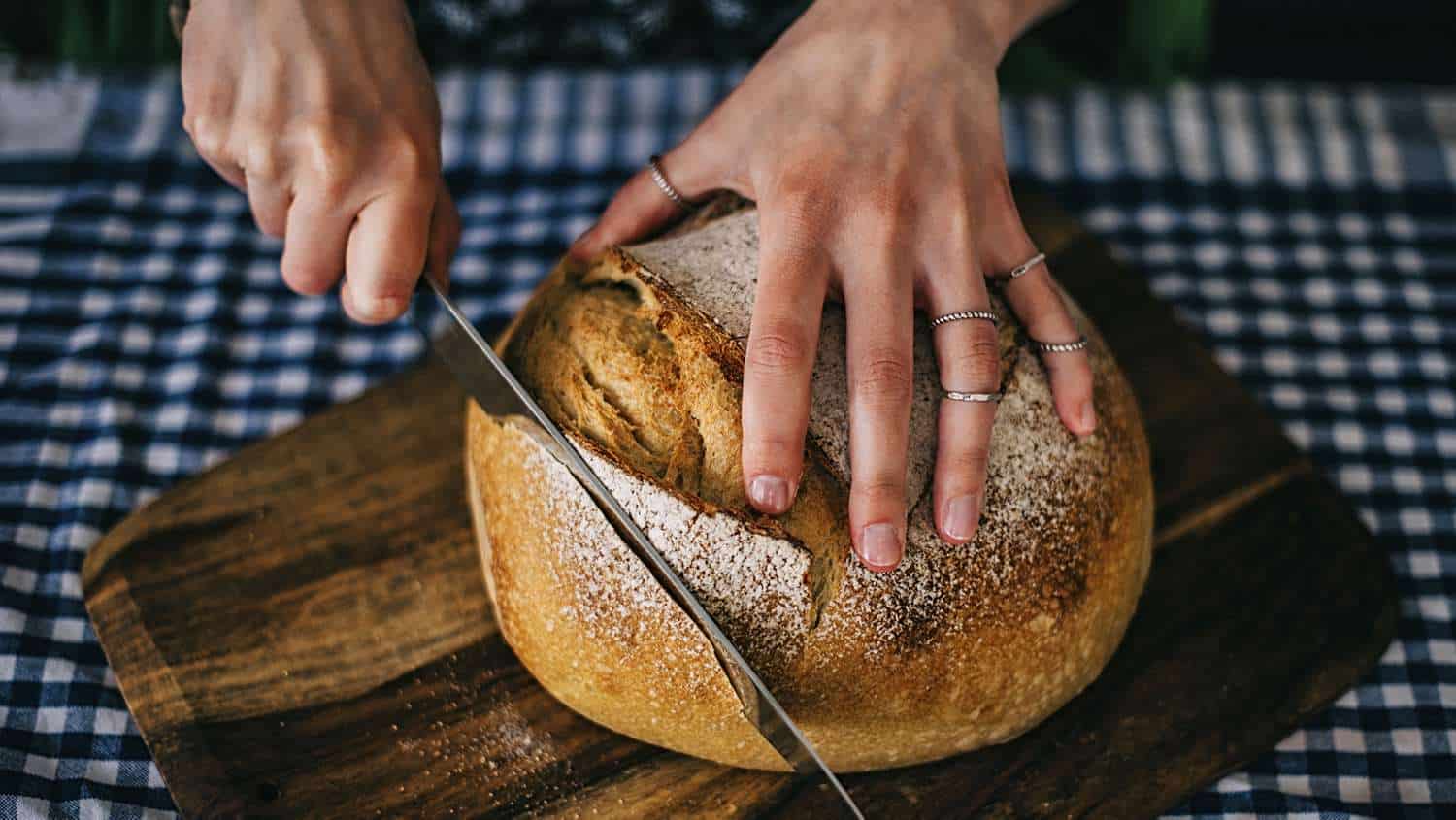
Mastering Single Notes and Chords on Guitar
As a guitar player, you need to be proficient in playing both single notes and chords. Most people struggle with aspects of these skills at some time, but with the right approach, you can navigate them both with ease. Start by looking at what mastering single note playing can do for you.
Single Notes
Proficiency in single note playing is essential if you want to play lead guitar, but it’s equally important for rhythm and accompaniment players. Bass lines, runs, intros, outros, and riffs all make your playing more interesting and fun, regardless of the style of music you play. But single note mastery offers even more than that.
The strength, stretch, and finger independence you gain from practicing single note exercises will enhance the accuracy, speed, and clarity of your chord playing. And, by practicing scales, you’ll learn more about music and the fretboard, enabling you to lift limits on your creativity and expression.
How to Start
Start by learning to keep your left hand, or fretting hand, close to the fretboard. This will help you achieve not only speed, but also fluidity and endurance. The following simple finger exercise can help you with this important skill.
Play the first fret of the first string (the high E string) with your first finger (index finger), followed by the second fret, second finger, third fret, third finger and fourth fret, fourth finger. As you play each note, keep the previous finger or fingers down. By the time you have the fourth finger down, all four of your left-hand fingers will be down.
Repeat the highest note (fourth finger) and reverse direction, playing one note at a time (4,3,2,1). Upon completion move up a fret without a pause and continue, repeating the exercise in the second position (first finger on the second fret). Continue in this way, moving up one fret at a time. Use a strict down, up alternating motion with the pick and keep a regular beat. When you’ve gone as far as you can up the neck on the first string, do the exercise on the second string, then the third and so on across the fretboard.
As you progress, you’ll benefit from an expanded version of this exercise. You can find my favorite one, along with four other important lessons, in this free e-book. By focusing on the principles in this small book, you can solve or avoid the most common problems that guitar players encounter.
Chords
If you’re plagued with pauses when switching from one chord to another, you’re not alone. This can occur even when you’ve practiced the chords diligently and focused on changing them smoothly. You want to solve that problem before it becomes a deep habit – but how?
First, simplify your strumming by playing only one downward strum per beat. Strum slowly and regularly, putting the same amount of time between beats that it takes you to change chords. Once you can consistently play the entire song without pauses, begin to gradually increase the tempo. When you’ve reached your desired tempo, add in the strumming or fingerpicking pattern of your choice.
If you go through this process and you’re still having trouble, you need to know the chord shapes more deeply. Regardless of how well you think you know them, you can know them better! Take some time to rehearse the chords and the changes mentally. Then, print some blank chord diagrams and use them to practice drawing your chords.
Hands Synchronicity
If the problem persists, you’re suffering from a lack of synchrony between your hands. Most beginners experience this issue, but fortunately there’s a quick solution. Just keep strumming a regular beat with your right hand, whether you think your left hand is ready or not. Although it may be hard to believe, your left hand is actually changing chords soon enough, but your right hand is taking too much time to register that and respond!
It won’t feel natural to keep your strumming hand going while your fretting hand is still fumbling for the chord. In fact, it may feel impossible at first. But push through it and everything will change! Watch your left hand, think ahead, and mentally aim at the upcoming chord. When you make the change with your left hand, keep strumming, regardless of how it sounds. Just keep a slow and steady tempo and you’ll get there!
Also read SET YOURSELF UP FOR SUCCESSFUL GUITAR PRACTICE.
Let’s Have a Conversation:
Where in your life have you experienced the value of committing to one small practice every day, without fail? Have you ever been surprised at how much difference in your playing a small shift in your approach can make?
Tags Creativity







It’s not easy receiving instruction without seeing it as well but I know things take time to practice, so take the time. I think it will make me happy to learn guitar besides I can sing and that would be great to put in accompaniment!
Thanks
Maria, did you download the free e-book I mentioned in the article? It includes video that might help you!